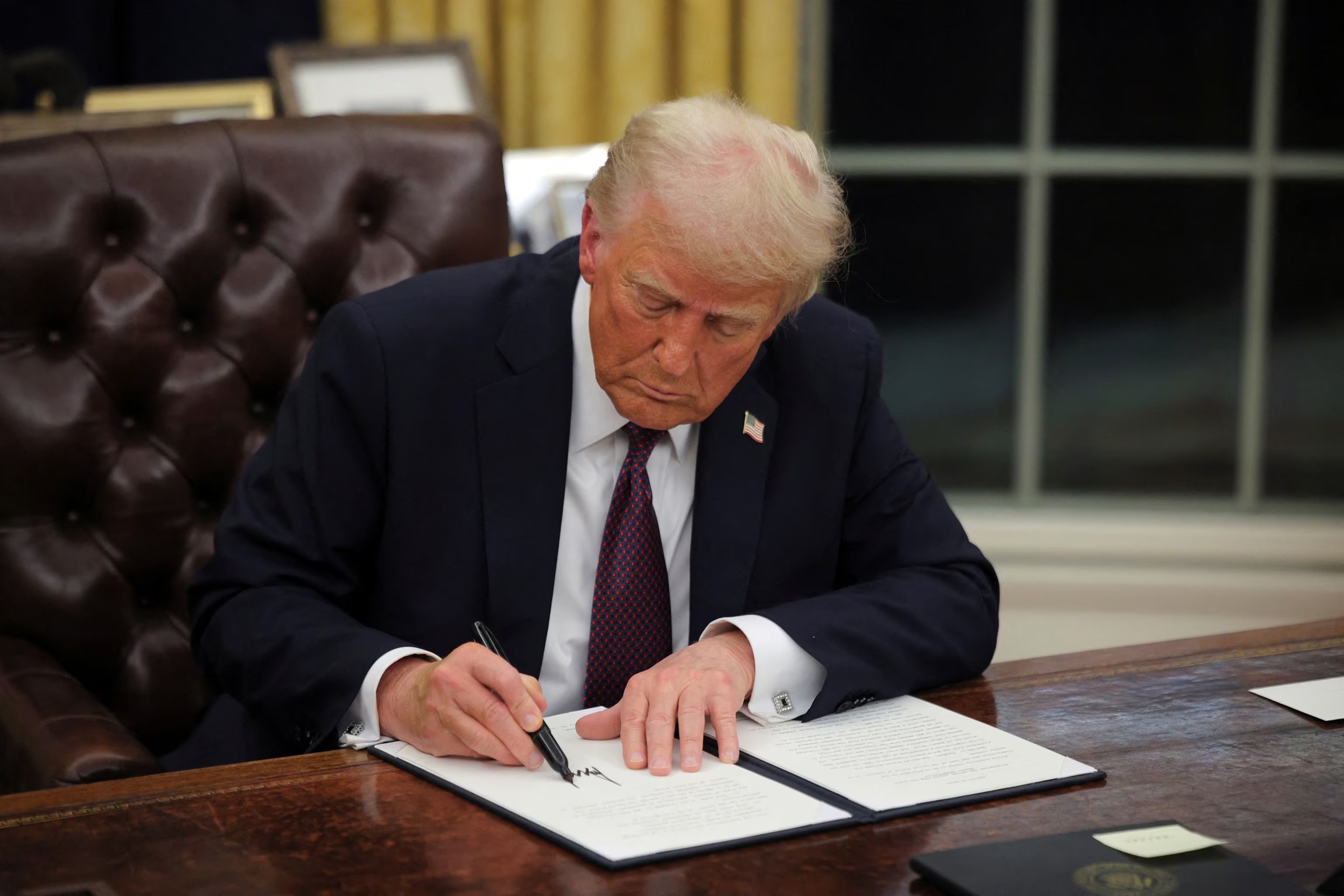Trump Signs Executive Order Enacting U.S.–Japan Trade Agreement with Tariff Realignment and $550 Billion Investment Commitment
United States President Donald J. Trump has signed an executive order officially implementing the United States–Japan Trade Agreement, a sweeping accord that restructures trade between the two countries, imposes a 15% baseline tariff on most Japanese imports, and secures an unprecedented $550 billion in Japanese investment into the American economy.
 |
| Image Source: Eric Daugherty |
The order invokes multiple authorities including the International Emergency Economic Powers Act and Section 232 of the Trade Expansion Act, linking the trade deal directly to national security interests.
Under the new tariff regime, any Japanese product entering the United States with a current tariff below 15% will now be subject to additional duties to bring the total to 15%. Products already subject to a 15% or higher rate will not see any increase.
Key industries such as aerospace, autos, agriculture, pharmaceuticals, and natural resources are addressed with separate provisions. Products like generic drugs and raw materials unavailable in the U.S. will be exempt from the new tariffs.
The order also retroactively applies the new tariff schedule to all Japanese imports processed from August 7, 2025. Refunds for affected importers will be issued in accordance with existing Customs and Border Protection procedures.
Japan has agreed to significantly expand access for U.S. agricultural products, including a 75% increase in rice procurements and $8 billion annually in purchases of American corn, soybeans, fertilizer, and ethanol.
Tokyo will also ease restrictions on U.S.-certified vehicles, accepting them for sale without additional testing under Japanese regulations.
In a major breakthrough, Japan will purchase U.S.-made commercial aircraft and defense equipment and has committed to investing $550 billion into U.S. manufacturing, infrastructure, and industrial projects selected by the U.S. government.
The administration claims the investment will generate hundreds of thousands of American jobs and expand critical supply chains.
The agreement also eliminates prior Section 232-related tariffs on Japanese aerospace products under WTO frameworks, and recalibrates duties on Japanese auto and auto parts, aligning them with national security policy while preserving market access.
The Departments of Commerce and Homeland Security, along with the U.S. International Trade Commission, are tasked with updating tariff codes, defining qualifying products, and issuing implementation guidelines.
A Federal Register notice detailing the revised tariff schedule is expected within a week.
President Trump’s move underscores a trade philosophy rooted in bilateralism and economic nationalism.
Citing previous proclamations on steel, aluminum, and automotive imports, the administration frames the deal as a necessary correction to long-standing imbalances and a shield against supply chain vulnerabilities.
The White House has signaled that failure by Japan to fulfill its commitments could lead to further trade action, including modification or suspension of tariff relief.
The agreement, which stands apart from traditional free trade deals, prioritizes strategic reciprocity, industrial revitalization, and trade rebalancing as part of Trump’s broader economic doctrine heading into 2026.
